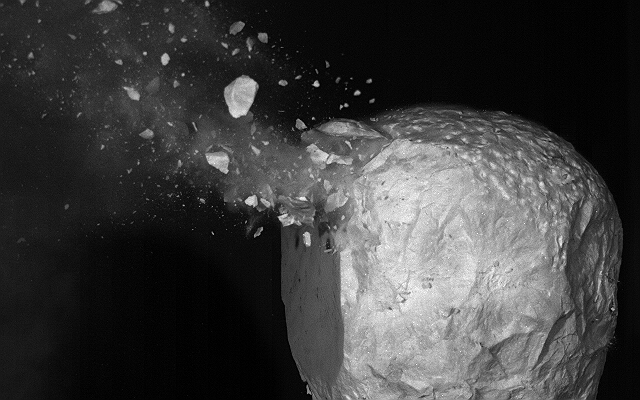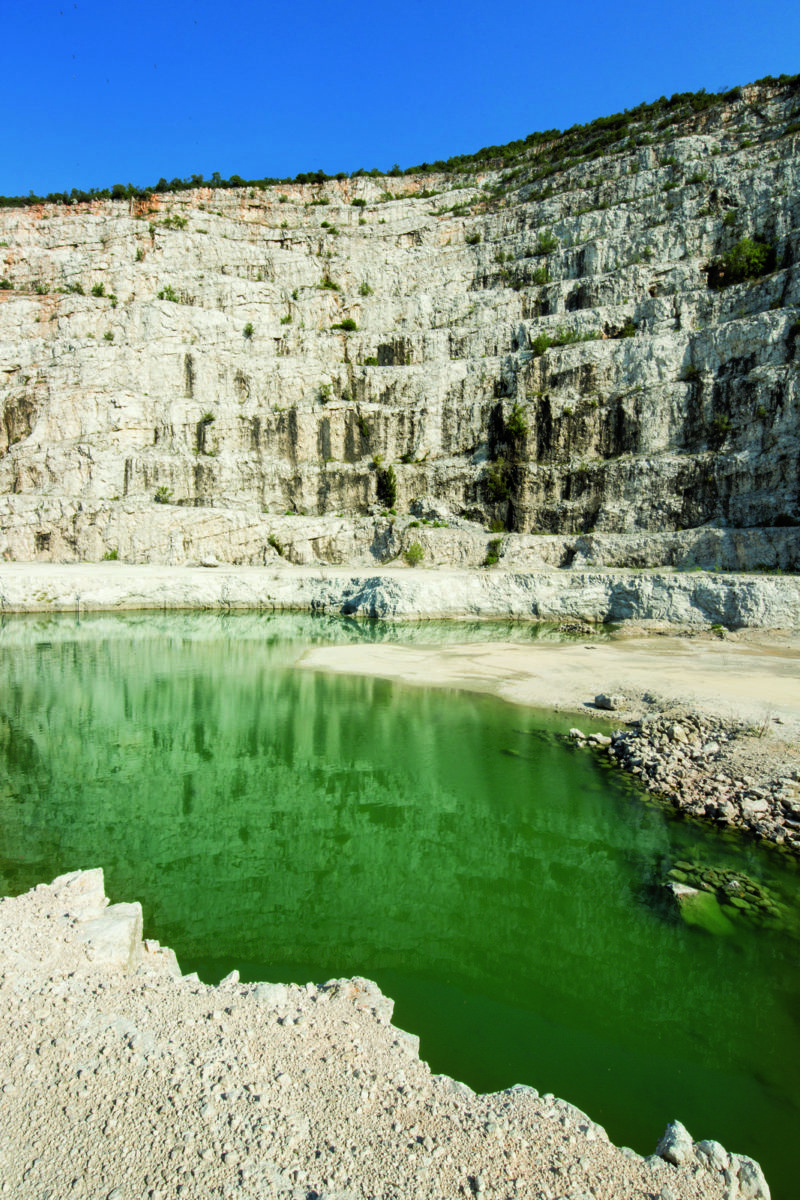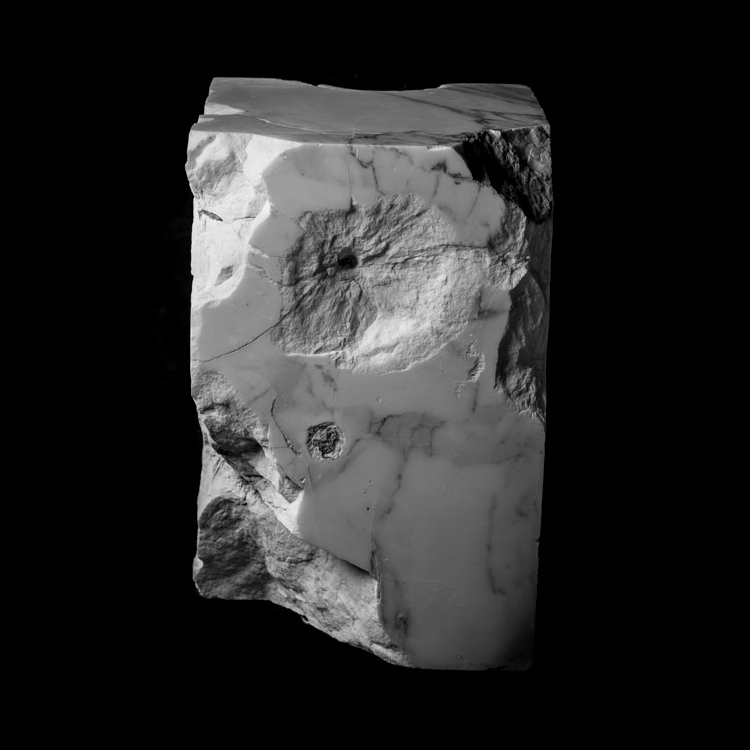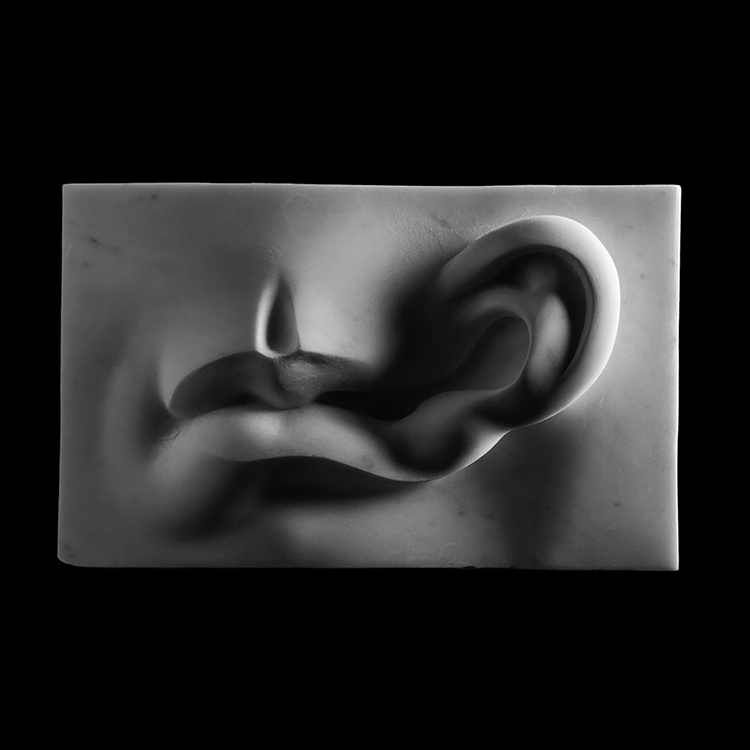Friendly Fire
Written by Francesca Interlenghi
Stayinart Magazine
February 2021
Born from Iraqi parents in Rome, he grew up between Rome, Florence, and The Netherlands, Jaber currently lives and practices his profession as an artist in Antwerp, Belgium, where he is Associate Professor of sculpture at the Royal Academy of Fine Arts. He has held various s olo exhibitions and took part in numerous group shows all over the world; his works were acquired by various private and public collections such as the Barjeel Art Foundation, The Palestinian Museum, the National Museum of Fine Arts of Havana, the National Museum of Lubumbashi (DRC) and the FAO Headquarters in Rome among others.
Being brought up with images of the Gulf War, his intimate expressive impulse could not help but face themes such as suffering and violence. At the same time, however, growing up in Fl orence, the Italian city considered the cradle of art, allowed him to develop a deep understanding of classical sculpture in a constant tension towards the quest for ideal beauty.
The meeting point between these two scenarios is what gives rise to the intensity of Jaber’s language, which is always leaning forward, towards a reflection that somehow harmonizes the fleeting and the everlasting, the transient and the constant, the unstable and the steady.
His research is characterized by a renewed approach towards plasticity. The innovative character of his thought and his artistic practice don’t allow him to be satisfied with existing formulas and ca tegories, therefore he is always aspiring to open new ways, following the paths of experimentation, for a sculpture that wants to be freer from the concept of statuary. Experimentation, because being modern means daring to seize the occasion, the kairos. It means venturing, not resting contentedly with tradition, with existing formulas and categories; but seeking to clear new paths, to become a test pilot.
Borrowing the words of the Italian art critic and curator Marco Meneguzzo, if it is true that sculpture “is today the most difficult discipline to define”, it is equally true that Jaber’s “Friendly Fire” project fits within this blurred perimeter with little decodable outlines. It is an ambitious, unprecedented project for its procedural nature. With the cooperation of prestigious international partners, “Friendly Fire” has as its goal the creation of four monumental stone sculptures using unconvention-al methods such as the application of ballistic technologies. In collaboration with the Royal Military Academy of Brus sels and the Belgian Ministry of Defence and in the appropriate military training facilities, large blocks o f marble will be sculpted by firearms and explosives.

By appropriating the destructive methods often associated with terrorist organizations, Jaber enacts a major, revolutionary, paradigm shift. Shifting thoughts’ centre of gravity, he reflects on the theme of violence and veers from its inherent annihilating force to his visceral creative force. In one of the many significant passages of his book “Violence and the Sacred”, René Girard affirms that: ” Violence is not to be denied, but it can be diverted to another object, something it can sink its teeth in-to.” In the artist’s intentions, that something becomes violence itself and its methodology, bent to the service of a generative act. An innovative linguistic solution where sculpture is created by modeling a three-dimensional solid according to new coordinates.



«The artist’s role is not one of mere entertainment. Artists have a responsibility towards society. We are privileged with a unique freedom and our creative practices have the power to affect change. Our position must be used to address problematic issues and contribute positively to society. I want to emphasize that negative experiences of violence can be transformed into something positive and beautiful. This project can be regarded as an artistic contribution to a soft policy of counter terrorism. It effectively aims to undo the damages inflicted by ISIS to the world cultural heritage and cancel their actions.»
During the recent conflicts in the Middle East, many cultural heritage sites were damaged or de-stroyed by terrorist organizations. This is an issue that affects us all, regardless of our geographical location, and affects us very closely. Cultural heritage belongs to our shared global history: it allows us to meet different cultures, to remember our ancestors and their stories, also and above all for the benefit of future generations. “Friendly Fire” offers an important opportunity to restate these values and richness, bringing together different backgrounds such as public institutions and private industries to collaborate in an ambitious project: the creative, innovative, and constructive preservation of humanity’s historical heritage. Once created, the four monumental sculptures will be exhibited in various international museums around the world to raise awareness about the theme, after that they will be sold through auctions and/or through art galleries. Part of the proceeds will be donated to UNESCO with the aim to restore works damaged by firearms in conflict areas such as Syria, Iraq, or Afghanistan.
Among the partners who welcomed and enthusiastically embraced the project, there was also the “Distretto Lapideo Bresciano” (Brescia Stone District) that decided to supply the artist with the raw material. The District covers the entire marble and granite processing chain, and its mission is to promote the excellence of the materials and the skills of its associates and to accompany them in the development of their activities. In addition to this, it aims to protect and raise awareness about the historical and cultural capital of Brescia stone.



The District has always been committed to environmental protection through the continuous search for solutions for alternative use and the enhancement of processing residues, also in collaboration with public and private entities. Brescia and its province represent the second Italian marble basin, with over three hundred specialized companies that export rough and processed stones all over the world. From mining to processing, from craftsmanship to industrial production, the Brescia stone system represents a feather in the cap of Italian national economy, as well as a spot/corner of Italian history of culture, art, and everyday life. The District gathers companies specialized in the extraction and processing of typical Brescia stones: Botticino Classico, Botticino Semiclassico, Botticino Fiori-to, Breccia Aurora, Breccia Oniciata, Porphyry from Valcamonica, as well as companies processing stone materials from all over the world.
Stone is stone, it imposes itself out of necessity and leaves no way out. Quoting Meneguzzo again: “Once everything else has been eliminated, sculpture is left with material, and even the form – to use traditional but not easily negligible categories – appears as a sort of next step of compliance or contrast towards the material, which however ideally remains the main element”.
Material of choice in Jaber’s poetics, stone is the absolute protagonist of all his production, the result of a thought that collapses on other thoughts and mixes with them: stone belongs to collective memory, stone ensures a dialogue with time, with past and future spaces, it guarantees the work a long life, it becomes an identity vehicle. Stone that acts as a stimulus to meditation and goes beyond the very concept of space in sculpture: it is no longer seen as a closed and impassable place within which the artistic object manifests itself and lives, but as an object-space in an osmotic relationship, completely open, dilated in the sur-rounding space.
Jaber’s sensitivity is immersed in the world, open to the world and permeated with it. This is why, in imagining this ambitious project, he takes upon himself the long history of sculptural tradition, but he shuns its sterile projection
Share article
































